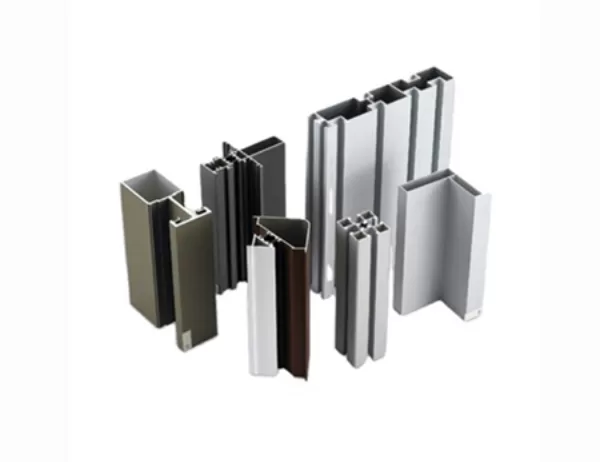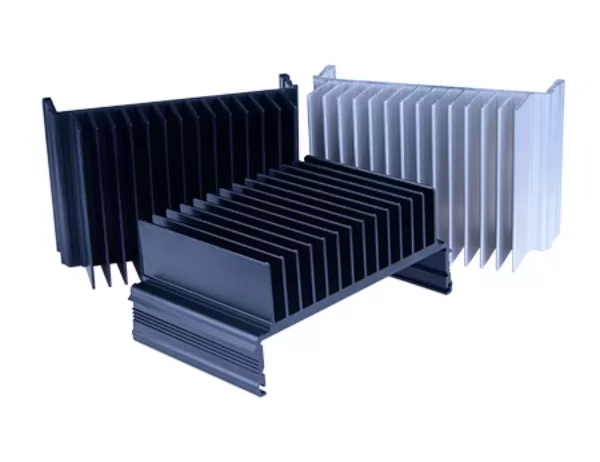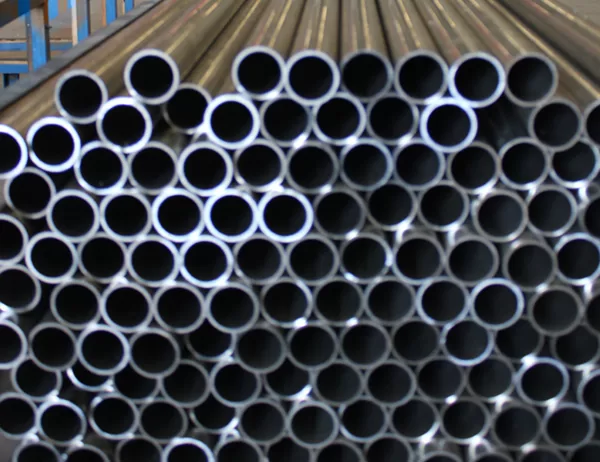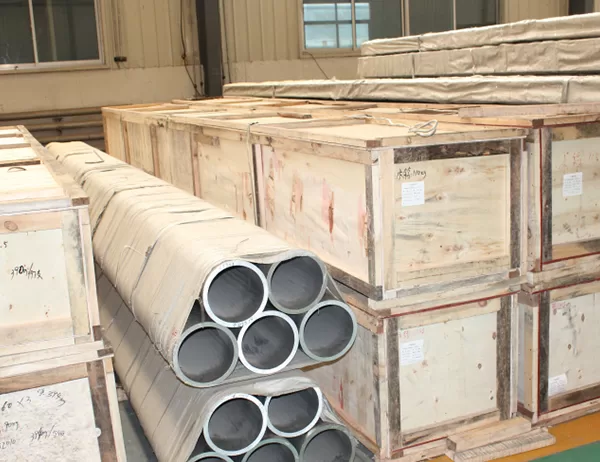Safety Standards for T6 Aluminum Tubes: Ensuring Structural Integrity and Reliability
In the realm of engineering and construction, the safety and reliability of structural components are paramount. T6 aluminum tubes play a crucial role in various industries, from aerospace to automotive and construction, due to their exceptional strength, lightweight, and corrosion resistance. Establishing robust safety standards for T6 aluminum tubes is essential to guarantee their integrity and prevent catastrophic failures.
T6 aluminum tubes undergo a stringent manufacturing process that involves solution heat treatment and artificial aging, resulting in enhanced mechanical properties. The T6 temper designation indicates that the alloy has been heat-treated to achieve its highest strength and hardness without sacrificing its ductility. However, the extreme strength of T6 aluminum tubes also makes them susceptible to stress corrosion cracking, especially when exposed to harsh environments or subjected to dynamic loading conditions.
Safety standards for T6 aluminum tubes aim to mitigate these potential risks and ensure their safe and reliable performance. These standards address various aspects of tube design, manufacturing, testing, and usage. For instance, they specify minimum wall thicknesses and maximum allowable stresses to prevent excessive deformation or failure under various loading scenarios. Additionally, standards govern the quality of raw materials, heat treatment parameters, and inspection methods to ensure consistency and adherence to specifications.
By adhering to safety standards, manufacturers can produce T6 aluminum tubes that meet stringent performance requirements and withstand the demands of demanding applications. These standards help ensure that the tubes are free from defects, have adequate strength and ductility, and can withstand environmental factors such as corrosion and thermal stresses.
Furthermore, safety standards for T6 aluminum tubes provide guidance for engineers and designers in selecting and using these tubes appropriately. By understanding the specified limits and design considerations, they can optimize the performance and safety of their structural systems.
In conclusion, safety standards for T6 aluminum tubes are indispensable for ensuring the structural integrity and reliability of engineering components. By establishing stringent guidelines for manufacturing, testing, and usage, these standards minimize the risk of failures and protect against potential hazards. Adhering to these standards is crucial for industries that rely on the exceptional properties of T6 aluminum tubes, ensuring the safety and longevity of their products and infrastructures.




